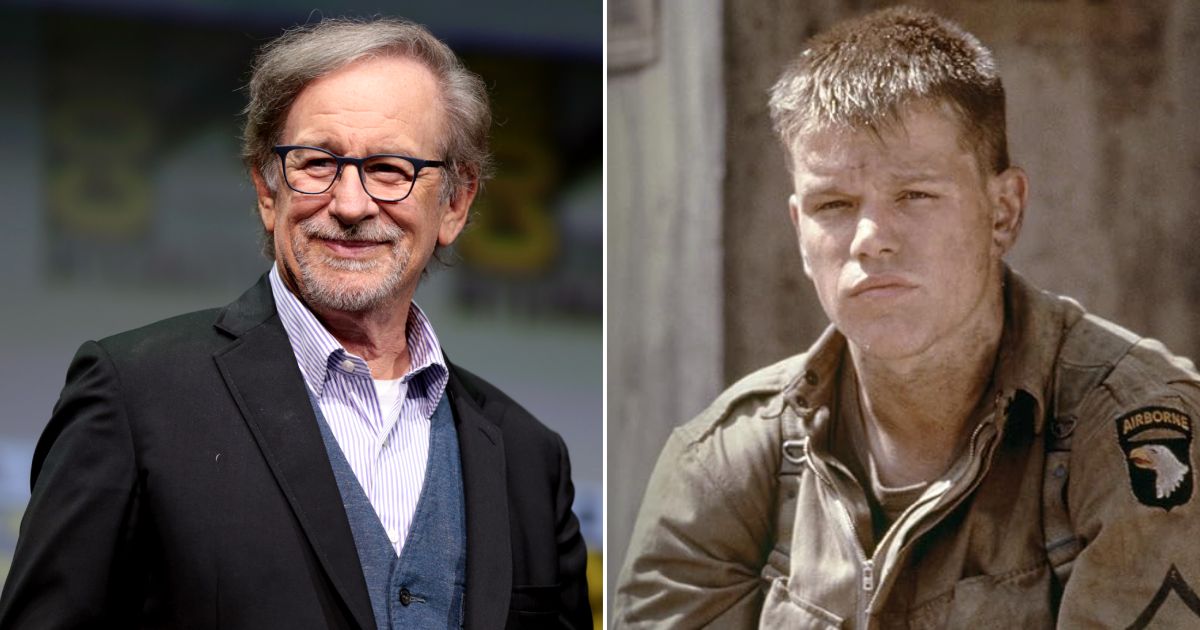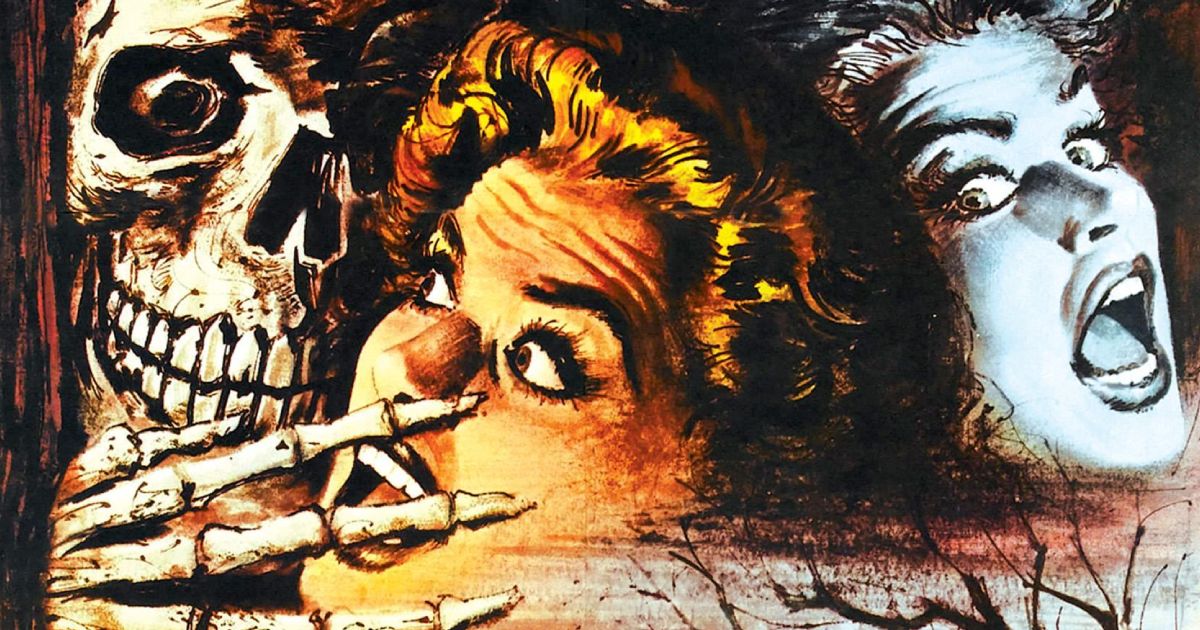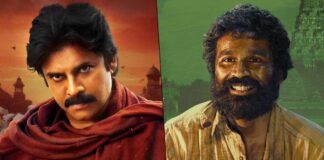
Steven Spielberg’s purpose in making Saving Private Ryan was very simple: to depict the physical and psychological savagery of war as truthfully as possible. From the very first moment, the viewer is thrown into the melee of battle, with no comfort or slowness at all. The storming of Omaha Beach didn’t look like a cinematic action sequence. It looked more like a survival sequence, which is exactly what Spielberg intended.
Saving Private Ryan Faced Censorship Challenges In India
The film was not welcomed with open arms everywhere, although it earned praise worldwide and even went on to bag Oscars and smash box office records. Some countries weren’t ready for what they saw. India’s Censor Board looked at it and didn’t like what it saw. The film’s graphic nature pushed them to demand cuts before giving it the green light. However, Steven Spielberg, who was confident in his vision, said no.
The deadlock could have prevented the film from being released in Indian theaters, but a top government official stepped in. After watching the film personally, the Home Minister gave it the nod without the edits, letting audiences see what Spielberg had created without filters or changes.
Trending
The Omaha Beach scene from Saving Private Ryan (1998) was depicted with so much accuracy to the actual event that the Department of Veterans Affairs set up a telephone hotline for traumatized veterans to cope pic.twitter.com/qTnQte1ph2
— Fascinating (@fasc1nate) May 21, 2025
Censorship Concerns Reached The US Television Broadcasts
America, though much more open with content, had its own moment. The film aired uncut on network TV during Veterans Day for years, but that changed after the infamous Super Bowl “wardrobe malfunction” in 2004. Dozens of local ABC stations pulled the plug on the tradition after getting nervous about the FCC and possible fines. The film was still allowed to air as no laws were broken, but fear of consequences kept it off many screens.
Malaysia Banned Saving Private Ryan Over Violent Content
According to Far Out Magazine, Malaysia took a harder stance. Just days before the film was set to premiere, the authorities demanded nine separate edits. Violence needed to be trimmed or removed, but Steven Spielberg refused again. He wouldn’t slice up his film to meet censorship rules. Eventually, the result was a complete ban. While pirated copies floated around, the film never got an official screening.
Spielberg had dealt with something similar before. Schindler’s List faced problems too, and back then, he agreed to make some changes to satisfy local rules. But he had drawn a line by the time Saving Private Ryan came along. In his view, some stories don’t work if you soften the edges. War wasn’t clean for him, and it didn’t need to be polite. It only needed to be true.
For more such stories, check out Hollywood News
Follow Us: Facebook | Instagram | Twitter | YouTube | Google News



 Follow Us
Follow Us










